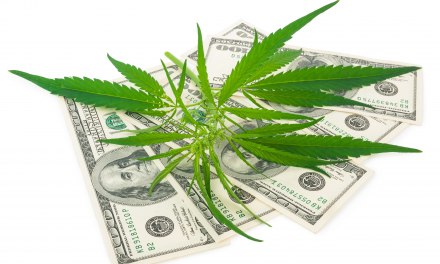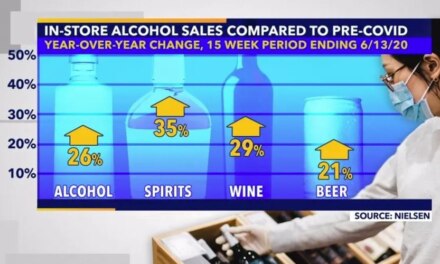A survey done recently found that most Americans are now “open” to the idea of avoiding opioids for pain, including increased willingness to explore ‘alternative’ approaches to pain relief. That may not sound revolutionary, but it represents a significant shift from attitudes at the beginning of the opioid epidemic.
In the right direction, I’m convinced.
Back in the day, advocates and physicians, often sponsored by opioid makers, routinely appeared before Congress to regale legislators with stories of suffering caused by ‘unnecessary’ restrictions on opioid prescribing. I remember hearing that some 100 million Americans were victims of chronic pain. That was almost a third of the US population in the year 2000.
How could a problem so massive have gone unnoticed for so long?
“We believe,” one advocate confided to me, “that it’s been deliberately suppressed by elements within the government. Don’t worry, it’s being investigated now.” Oh great, I recall thinking at the time. That’s all we need, another conspiracy theory.
As opioid overdose rates and fatalities skyrocketed, government began to take steps to reduce physician reliance on these drugs. It took a while, but the results were significant. In 2016, for instance, a total of 215 million opioid prescriptions were written, but in 2020, the first pandemic year, the figure had dropped to 143 million. A remarkable achievement, in many ways.
Although by then the demand for opioids was firmly established, and other sources rose to meet it. Physicians, after all, weren’t the only way someone could obtain opioids. There are a host of others, on the streets and online, including via social media forums. There’s your Internet, serving as an amplifier for a blossoming social problem.
Now, I’m seeing renewed efforts by advocates and physicians to once again relax controls on opioid use. Same reasons given as the first time around: We tried everything else, only opioids relieve our pain.
One significant difference: Instead of 100 million, the figure being cited is 50 million Americans who suffer from chronic pain. “What happened to other fifty million?” a counselor joked. “Did we cure them?”
More likely the original figure was simply inaccurate, as such estimates often are.
To miss by so much, though – that’s one heck of an error. If I were a fan of conspiracy theories… fortunately, I’m not.
One thing’s clear: There will always be patients who do need opioids to best manage chronic pain. Probably for rheumatoid arthritis, various spinal and neurological disorders, etc. I believe most of us are sympathetic. We don’t want them to suffer needlessly.
Nevertheless, we’re a lot less naive on the subject than thirty years ago. We now know– assuming we didn’t before– that opioids are at best a high-risk treatment for anything beyond acute pain. Used for extended periods, they carry with them a significant risk for misuse, abuse, addiction, overdose. We know that many patients who are prescribed opioids for pain will at some point– possibly fairly early on — become dependent on the drugs. That means experiencing withdrawal symptoms and craving in their absence, which they’re likely to misinterpret and treat with still more opioids, thus increasing their dependence.
We recognize now, in a way we didn’t thirty years ago, the important role that depression and anxiety play in determining the patient’s experience of pain.
Those are things we were ignorant of, or perhaps managed to ‘forget’ in the run-up to the opioid epidemic. Seems impossible, given what followed, but that’s what happened.
Another thing to think about: the significant value prescribed drugs have on the streets. Diversion is a much bigger risk than we originally believed.
There has to be some way to reconcile the two realities, to arrive at a real solution to the opioid problem.
Let’s hope we find it, and soon.












